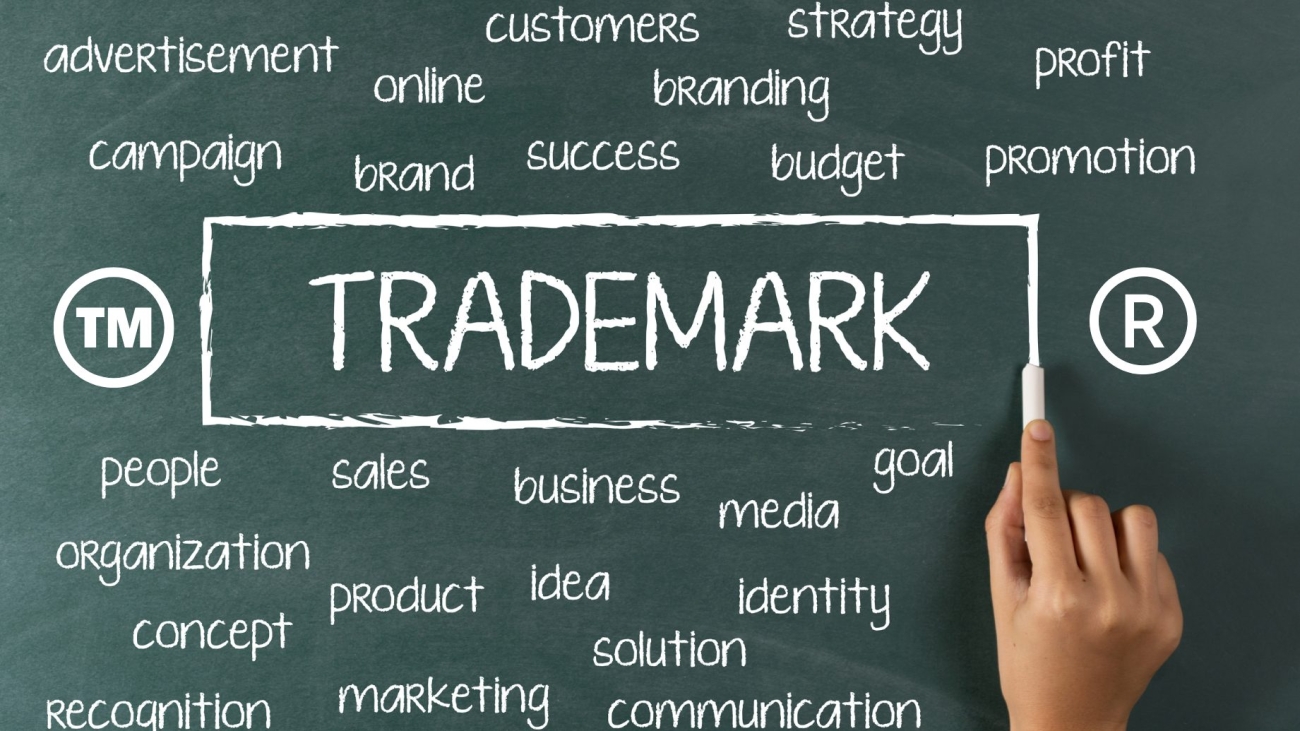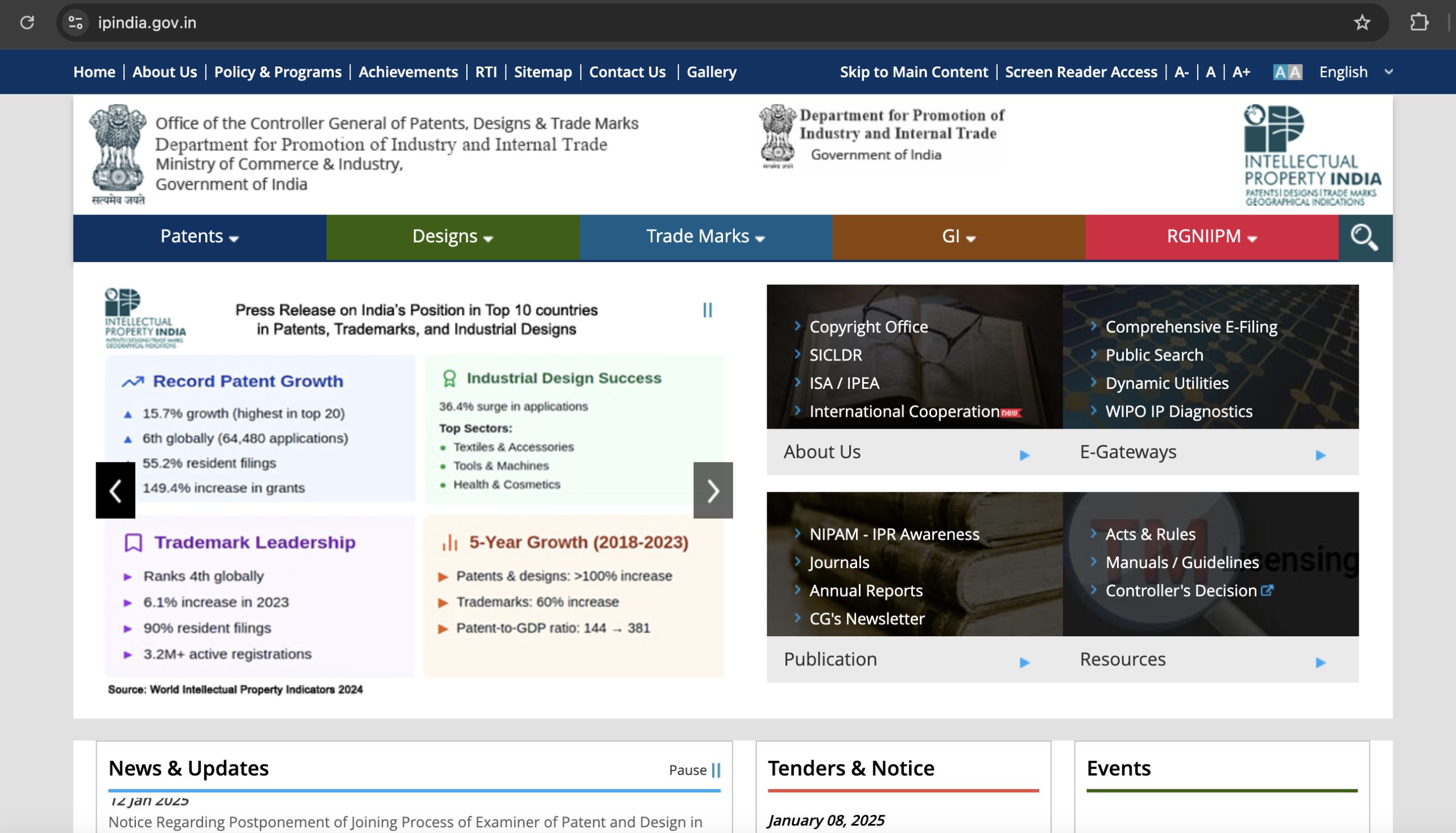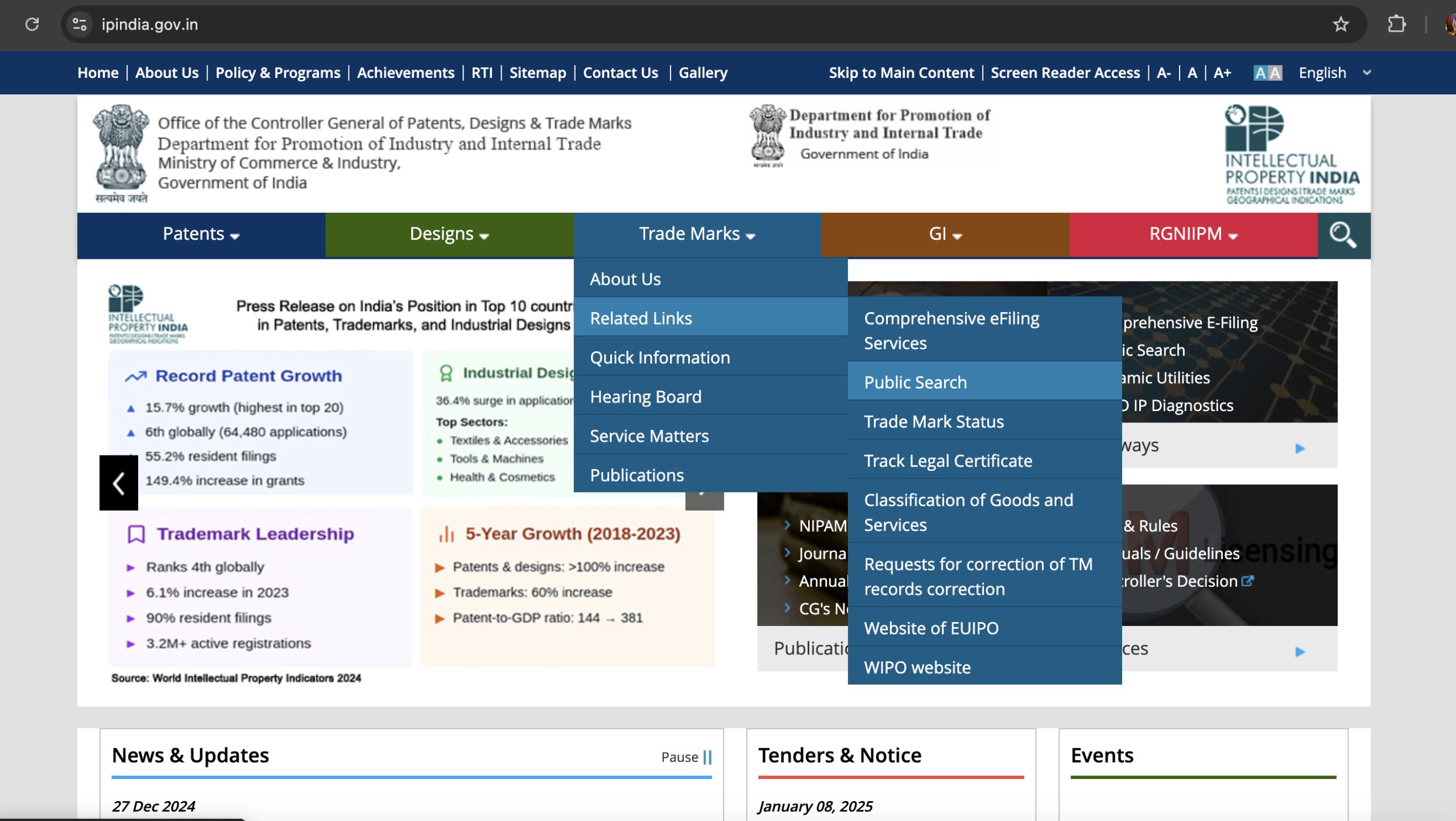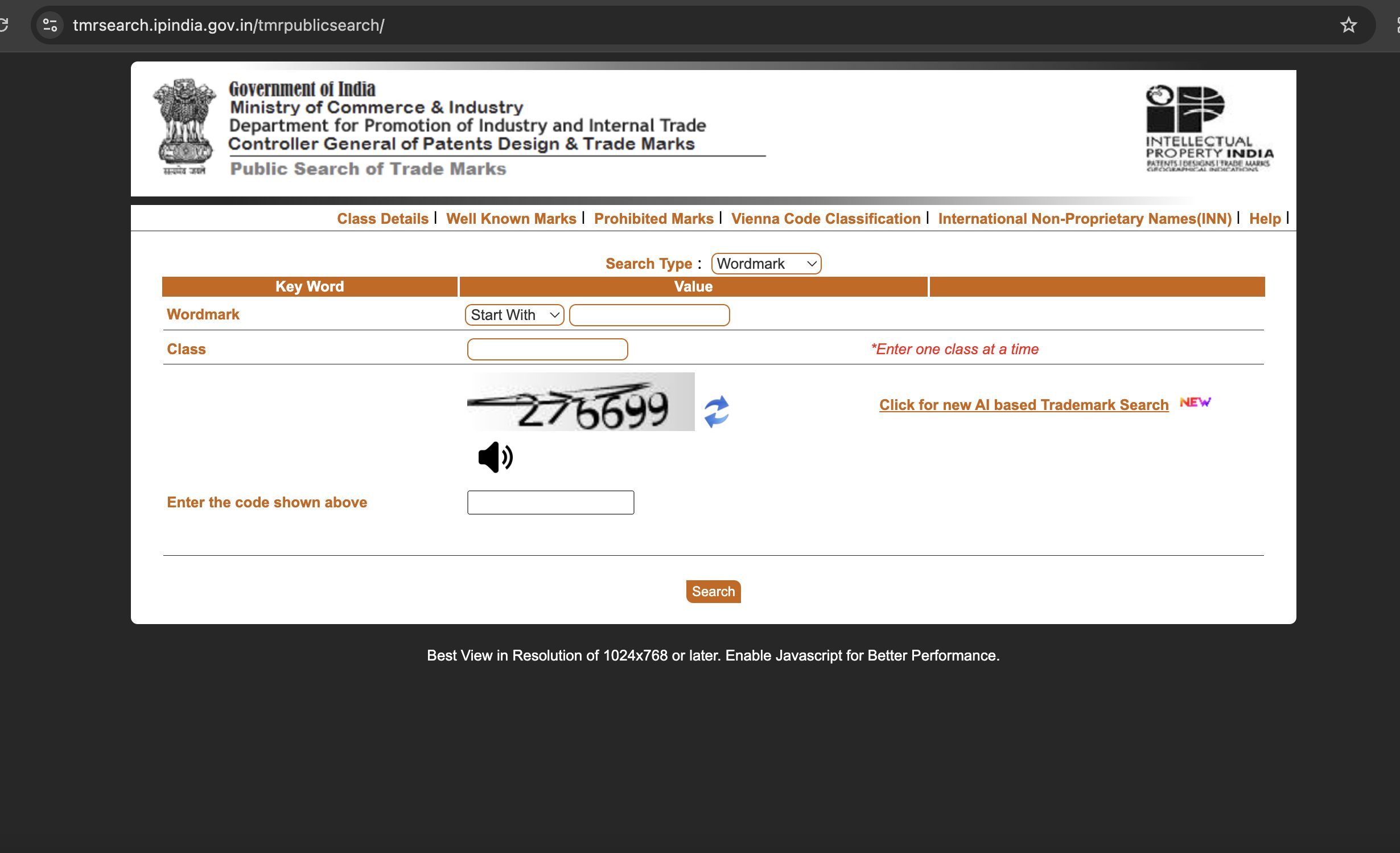A great brand name is more than just a word; it’s the first impression, the foundation of a company’s identity, and a powerful tool to attract customers. Think about the world’s most iconic brands: Apple, Nike, Google. These names are not just memorable; they evoke emotions, inspire trust, and instantly communicate what the brand stands for.
As a designer and someone who helps businesses with brand naming, I believe a great name is more than just a catchy word. It is the foundation of your brand’s identity. A well-thought-out name creates a strong first impression, connects emotionally with your audience, and sets the tone for your logo, colors, and overall design. I have seen many businesses struggle with branding simply because their name lacked clarity, originality, or purpose.
That is why I always encourage clients to take their time during the naming process. Don’t just look for what sounds trendy, but also look for what feels right for your story and values. A good name should reflect your mission, be easy to remember, and most importantly, have room to grow with your business.
Let’s take the example of 91mobiles.com. It is a good name which is short and easy to remember, but it does not have room to grow with business. Initially, the website focused on offering mobile news and specifications in India, so the name “91mobiles” made perfect sense. But now, as the platform expanded and included other electronic items such as washing machines, air conditioners, and refrigerators, the name doesn’t really match what the website is all about anymore. Also, “91” represents India’s country code. If the brand plans to expand globally in the future, the “91” could make it harder to connect with a global audience outside of India.
The process of naming a brand is not just about picking something that sounds good; it’s a strategic exercise that combines creativity, research, and a deep understanding of the business. Whether it’s a playful name for a children’s product, a sophisticated name for a luxury brand, or an innovative name for a tech startup, the right name can set a business apart in a crowded marketplace.
This guide will walk you through the essential steps to create a brand name that not only resonates with the audience but also stands the test of time, ensuring that you approach this critical task with confidence and precision. Here is a simplified guide to help you name brands confidently and without mistakes:
1. Understand the Business
Start by getting to know the business deeply. This helps you create a name that fits the brand perfectly.
- Ask Yourself or Your Client Questions:
- What does the business do, and what are its values?
- Who are the customers (age, interests, location)?
- What makes it different from competitors?
- Study the Market:
- Look at similar businesses to see how they name themselves.
- Identify what’s missing in the industry that your client can highlight.
2. Define the Brand’s Personality
Think about how the brand should feel to customers. Should it be fun, trustworthy, luxurious, or innovative?
- Key Traits:
- Decide if the name should sound serious or playful, modern or traditional.
- Use themes or archetypes like “Explorer” (adventurous) or “Caregiver” (nurturing) to guide the tone of the name.
3. Brainstorm Name Ideas
Once you understand the business, start coming up with names. Don’t worry about perfection at this stage; just be creative.
- Types of Names to Consider:
- Descriptive: Names that explain what the business does (e.g., “Burger King”).
- Invented: Made-up words or creative combinations (e.g., “Xerox”).
- Acronyms: Shortened forms (e.g., “NASA”).
- Metaphoric: Words that symbolize something about the brand (e.g., “Amazon” for variety).
- Techniques to Spark Ideas:
- Combine two words or concepts.
- Use foreign or unusual words.
- Shorten long names or create abbreviations.
- Make up completely new, catchy words.
- Helpful Tools:
4. Shortlist and Refine Ideas
Now it is time to filter out the best ideas and see which ones work.
- What Makes a Good Name?
- Easy to remember.
- Simple to say and spell.
- Unique and not similar to competitors.
- Matches the brand’s personality.
- Flexible for future growth.
- Get Feedback:
- Test the top names with friends, family, or target customers. See which names they like most.
5. Check Availability
Before finalizing a name, make sure it’s legally and digitally available.
- Trademark Search:
- Check if the name is already registered as a trademark in your country.
- Domain Name:
- Ensure the website domain is available. A matching domain is essential for an online presence.
- Social Media:
- See if social media handles (like Instagram usernames) are free.
Read More: Step-by-Step Guide on How to Check for Trademarks in India
6. Finalize and Secure the Name
Once you have picked the best name, lock it down.
- Reserve Everything:
- Buy the domain name and claim social media accounts.
- File for trademark protection to avoid legal issues.
- Align Branding:
- Start designing logos, color schemes, and other brand visuals to match the name.
Common Mistakes to Avoid
- Making It Complicated: Simple names are easier to remember.
- Ignoring Cultural Meanings: Check that the name doesn’t have bad meanings in other languages.
- Skipping Legal Checks: Avoid future problems by confirming trademarks and domains.
- Not Planning for Growth: Choose a name that works if the business expands.
Naming a brand takes creativity, research, and careful planning. By following these steps, you can create a name that’s meaningful, memorable, and unique. Take the time to understand your client’s goals and craft a name that sets them up for long-term success.
If you ever feel stuck or unsure, working with a brand naming expert or designer can really help bring clarity and direction to your ideas. I can also help you find the best name for your brand or business. You can reach out to me through my email [email protected]. I have worked with many businesses and helped them find the best brand name for their company.
May you get the best brand name for your dream project. Stay energetic, stay motivated.




